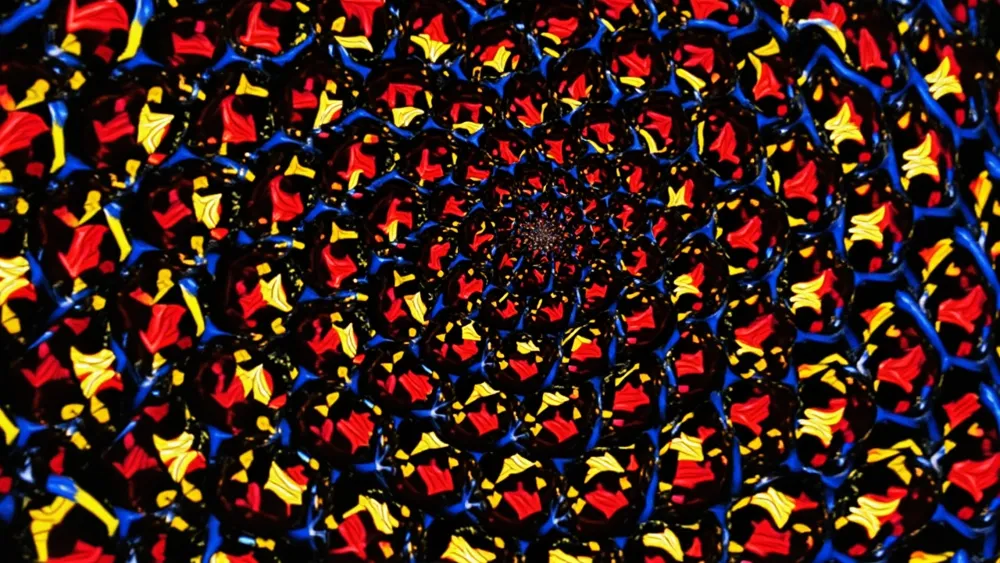The Kissing Number Problem: Unraveling Mathematical Secrets

When mathematics meets the complexities of the universe, fascinating questions arise. One such question is the Kissing Number Problem, originating from a playful conversation between Isaac Newton and David Gregory over 300 years ago. It asks: how many equal-sized spheres can simultaneously touch another sphere without overlapping? As it turns out, this mathematical curiosity unlocks profound implications across technology and science, contributing to fields as diverse as telecommunications and quantum physics. Understanding this problem is crucial as it not only highlights the beauty of mathematical structures but also illuminates real-world applications in optimizing data transmission and understanding the universe's fabric.
At its core, the Kissing Number Problem revolves around how many spheres can touch a central sphere in varying dimensions. In three-dimensional space, the answer is twelve. Imagine twelve oranges surrounding a basketball—each orange just touching the basketball without overlap. This notion scales into higher dimensions, which becomes exponentially more complex. For example, in twenty-four dimensions, mathematicians recently calculated that nearly 196,560 spheres could kiss the central one—a process that required 19.33 billion computations! These calculations lend themselves to practical applications in wireless communications, enhancing data transmission efficiency through optimal arrangements of data points in high-dimensional spaces. The implications extend even further into theoretical physics, underpinning concepts in string theory and quantum mechanics.
The journey of solving the Kissing Number Problem is a perfect microcosm of broader mathematical exploration. With advancements made by researchers at MIT, who challenge established symmetries by using novel, asymmetric structures, we are witnessing a paradigm shift that could outpace traditional methods. It invites a thought-provoking question: as we push the boundaries of mathematical understanding, what unintended consequences might arise in practical applications? These developments not only enhance our grasp of multidimensional mathematics but also pave the way for future discoveries. For those eager to explore further, resources such as "Mathematics and the Imagination" offer a delightful entry into these complex subjects.
Read These Next

GAC's First Mass-Produced Flying Car Launches in Hong Kong
GAC Group is set to debut its first mass-produced flying car at the Hong Kong International Auto and Supply Chain Expo, showcasing significant advances in transportation technology.

OpenAI Launches o3-pro Advanced Reasoning Model for ChatGPT
OpenAI launched its advanced reasoning model, o3-pro, enhancing ChatGPT's ability to handle complex queries and potentially reshaping AI response standards in the industry.

Cybersecurity Breach: Ripple Effects of the Marks & Spencer Attack
This article explores the implications of the cyber-attack on Marks & Spencer, focusing on Tata Consultancy Services' role and highlighting the interconnectedness of digital security, corporate responsibility, and consumer impact.
